Last Updated on April 5, 2022 by Abid Iqbal Shaik
Apple’s newest flagship iPhone, which was unveiled a couple of weeks ago, is finally here. Even though it looks and feels similar to the iPhone 12 Pro Max, it finally brings a high-refresh-rate OLED display and a bigger battery. As always, Apple has equipped its new iPhone with a faster processor, improved cameras, and a new colour. But is that an upgrade enough over last year’s iPhone and how does it compare with the best Android smartphones out there? Is it worth a starting price of ₹1,29,900? I have used the 256GB variant of the iPhone 13 Pro Max for a few days and here is my review of the smartphone.
Note: Except for the bigger screen and slightly longer battery life, the iPhone 13 Pro and the iPhone 13 Pro Max have exactly similar performance in terms of screen quality, build, design, camera quality, performance, and software. So, you can treat this article as a review for the iPhone 13 Pro as well.
What’s In The iPhone 13 Pro Max’s Box?
- Apple iPhone 13 Pro Max
- USB Type-C To Lightning Cable
- Stickers
- Quick Start Guide
Subscribe to Onsitego
Get the latest technology news, reviews, and opinions on tech products right into your inboxYou should also check out our iPhone 13 Pro unboxing video before going ahead with our detailed iPhone 13 Pro Max review.
Apple iPhone 13 Pro Max Design: Attractive But Heavy
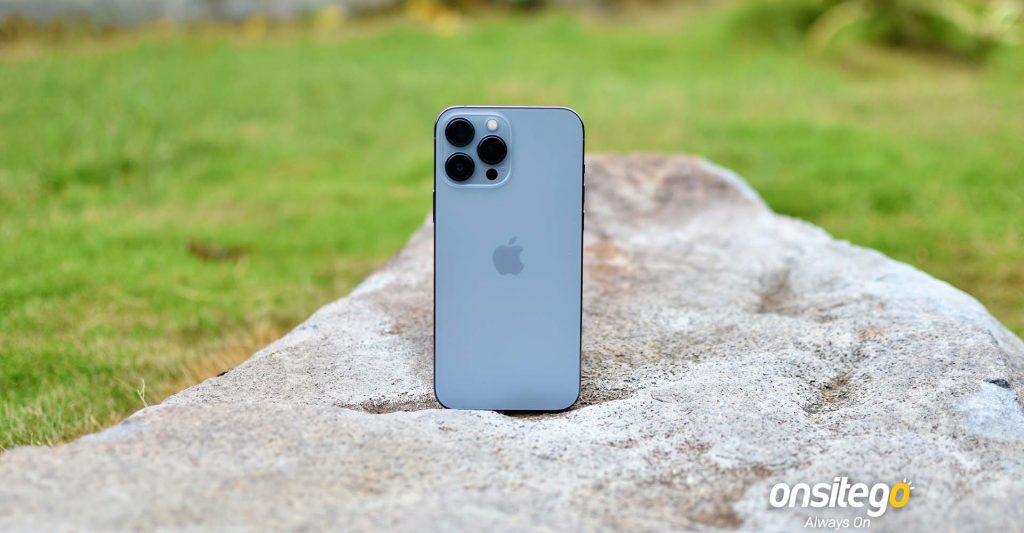
Similar to the iPhone 12 series, the iPhone 13 Pro Max’s design is heavily inspired by the iPhone 5. It has the same fully flat front and rear design. The stainless steel sides are perfectly flat, too. At 240g, the phone feels quite dense and hefty. It might be uncomfortable to use for some users.
The front and rear of the phone are protected using Ceramic Shield glass. It is made in partnership with Apple and Corning (which also makes the world-famous Gorilla Glass lineup that is used in various Android and iOS smartphones). It protects the phone really well, but I would still advise you to protect the phone with a high-quality case.
The phone is rated at IP68 for dust and water resistance. Apple says that the device can last up to 6 metres underwater for up to 30 mins, which is significantly better than most other smartphones in the category. The iPhone 13 Pro Max has a Lightning Port, microphone, and loudspeaker at the bottom. On the right, there is a Power/Siri button. On the left, there are volume buttons and a mute switch. All the buttons feel extremely high quality.
The rear-facing camera setup has a huge bump, though, and it makes the phone wobble while using it on a flat surface like a table. That is another reason to use the phone in a case. Most good cases will make the phone’s back flat enough so that it won’t wobble anymore. In case the phone’s back or front crack due to an accidental drop, it will set you back by a lot to get it repaired, so we would recommend buying a Spills and Drops Protection plan from Onsitego which will take care of the repair cost.
Apple iPhone 13 Pro Max Display: 120Hz Refresh Rate Is Finally Here
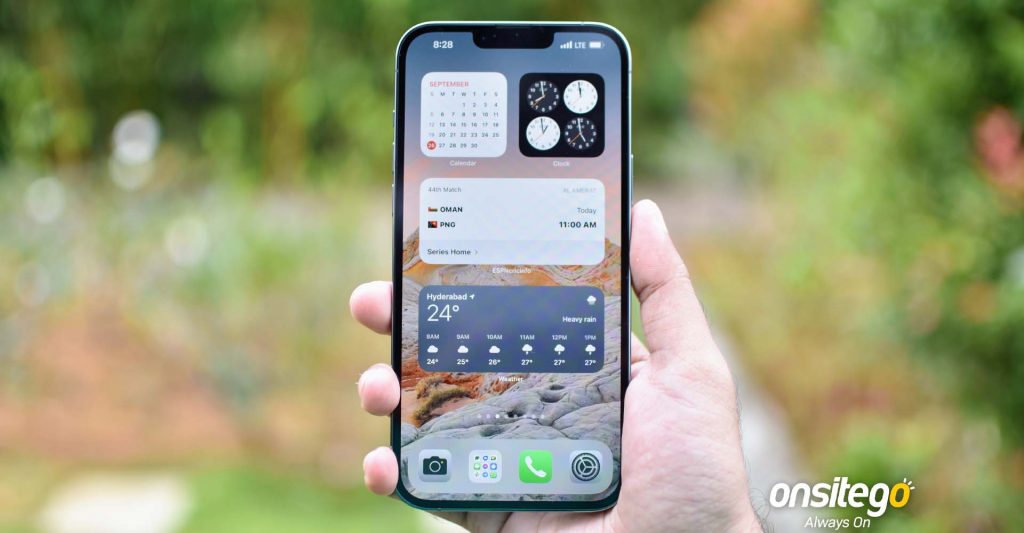
The iPhone 13 Pro Max is Apple’s first smartphone with a high-refresh-rate display. It has a 6.7-inch screen with QHD resolution, a variable refresh rate up to 120Hz, up to 1,200 nits peak brightness, and wide colour gamut coverage. It can play Dolby Vision and HDR10 videos as well. The display is bright, colourful, and has inky blacks. Watching images and videos on the iPhone 13 Pro Max’s huge display is a treat.
Thanks to the high refresh rate, the screen feels fluid while scrolling through the UI. Some third-party apps still don’t take advantage of the 120Hz display, though. And a strange bug in iOS 15 is still stopping third-party from using the 120Hz refresh rate during animations and transitions. Hopefully, those problems will get solved with time.
The only aspect I did not like about the iPhone 13 Pro Max’s display is its ugly notch. While it is 20% smaller compared to previous iPhones, it still looks old and ugly and hampers the viewing experience. All other smartphone brands have moved on to more aesthetically pleasing displays with punch-hole-shaped cutouts. Some have even released phones with completely bezel-less displays and under-display cameras for a completely distraction-free viewing experience, but Apple is still stuck with the notch.
Apple iPhone 13 Pro Max Cameras: Industry-Leading Image & Video Quality
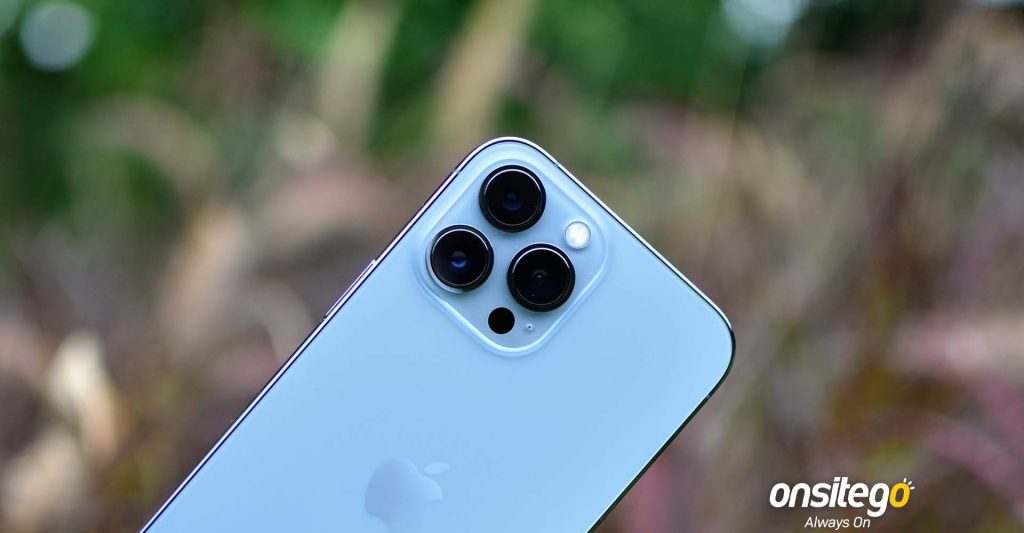
Similar to the iPhone 12 Pro Max, the iPhone 13 Pro Max has three cameras on the rear, but they have been upgraded. The wide-angle camera is bigger and the ultrawide camera now has an autofocus lens. The telephoto camera now uses a 3x optical zoom lens instead of a 2.5x optical zoom lens. Here are the details of all three rear-facing cameras:
| Apple iPhone 13 Pro Max Camera Sensors | Model & Specs |
| Rear Wide-Angle Camera | 12MP Sony IMX703, F1.9 Aperture, 1.9μm Pixels, Dual-Pixel Autofocus, Sensor-Shift OIS |
| Rear Ultrawide Camera | 12MP Sony IMX772, F1.8 Aperture, 1μm Pixels, Phase-Detection Autofocus, 120-Degree FoV |
| Rear Telephoto Camera | 12MP Sony IMX713, F2.8 Aperture, 1μm Pixels, Phase-Detection Autofocus, OIS, 3x Optical Zoom |
| Rear 3D ToF Sensor | Sony IMX590 |
| Front Camera | Sony IMX514, 1μm Pixels |
At the front, the phone has a 12MP camera but it lacks autofocus. All four cameras can record up to 4K 60fps videos in Dolby Vision HDR. However, once you start recording using any one of its cameras in 4K 60fps, you can switch to another camera while the video is being recorded.

All four cameras capture really good-looking images and videos. There is plenty of detail and the dynamic range is quite wide. The colours are closer to reality, too. However, it cannot decisively beat its closest competitor, the Samsung Galaxy S21 Ultra. Both phones trade blows with each other in terms of image and video quality in daylight situations using the wide-angle camera. Under low light conditions, the Galaxy S21 Ultra captures slightly better images in the auto mode. However, when you increase the iPhone 13 Pro Max’s night mode default capture length (from 3 seconds to 10 seconds), it captures better images than the Galaxy S21 Ultra. The iPhone also has a faster and more reliable autofocus mechanism, and that it is clearly visible in low-light situations.
The Galaxy S21 Ultra captures better ultrawide shots than the iPhone 13 Pro Max. The images have better shadow details and the dynamic range is wider. Even under low-light situations, the Galaxy S21 Ultra trumps the iPhone 13 Pro Max when using the ultrawide camera.
The iPhone 13 Pro Max has an upper hand at 3x zoom. Its images have slightly mode details and colours are more true to life. But at higher zoom ranges like 5x, 10x, 20x, and 30x, the Galaxy S21 Ultra handily beats the iPhone 13 Pro Max, thanks to its second telephoto camera.
The iPhone 13 Pro also captures slightly better-looking images in portrait mode. Faces in the shots have more details and more life-like skin tones. The background deblur also looks more natural. However, I have noticed that sometimes the iPhone 13 Pro Max fails to recognise the subject in the portrait mode. In some situations, it asked me to ‘Move Closer To The Subject’ and did not let me adjust the framing as per my convenience. The Galaxy S21 Ultra performed better in that regard. However, I would still rate the iPhone 13 Pro Max slightly higher (by a hair’s margin) in terms of portrait images.

Thanks to the inclusion of an autofocus lens in the ultrawide camera, the iPhone 13 Pro and the iPhone 13 Pro Max can now capture much better macro images. You can go as close as 2cm from the subject and still capture crisp images. However, in comparison, the Galaxy S21 Ultra captured slightly better macro images.

The Galaxy S21 Ultra’s 40MP selfie camera takes better-looking selfies than the iPhone 12 Pro Max’s 12MP selfie camera. Both phones can switch between the normal and wide field of views when using the front-facing camera. While the iPhone 13 Pro Max only let me click portrait images using the front-facing camera in the normal view, the Galaxy S21 Ultra allowed me to capture portrait images in the wide-angle view as well.
Videos captured using the iPhone 13 Pro Max have less grain, smoother transitions, and a wider dynamic range compared to the Galaxy S21 Ultra, but only by a small margin that most people might not even notice. In low-light conditions, videos shot using the iPhone 13 Pro Max look much better than the ones recorded using the Galaxy S21 Ultra. Even HDR videos captured using the iPhone 13 Pro Max look better and more true to life compared to the HDR10+ videos recorded using the Galaxy S21 Ultra. I guess Apple still has the lead in the recording videos.
With the iPhone 13 series, Apple has introduced the Cinematic Mode for videos that adds a background blur effect. You can even change the focus points after the video is recorded. However, those videos are limited to just 1080p resolution and 30fps frame rate. With ProRES videos (up to 4K 30fps), camera enthusiasts can do a lot of post-processing to take full advantage of raw files.

Overall, the iPhone 13 Pro Max has among the best cameras that you will find on high-end smartphones this year. It captures clear and detailed images with a wide dynamic range and true-to-life colours. It is the best smartphone in the market when it comes to recording videos. It loses out to the Galaxy S21 Ultra in ultrawide images and higher zoom ranges (5x and more).
Apple iPhone 13 Pro Max Performance: A15 Bionic Is Unmatched
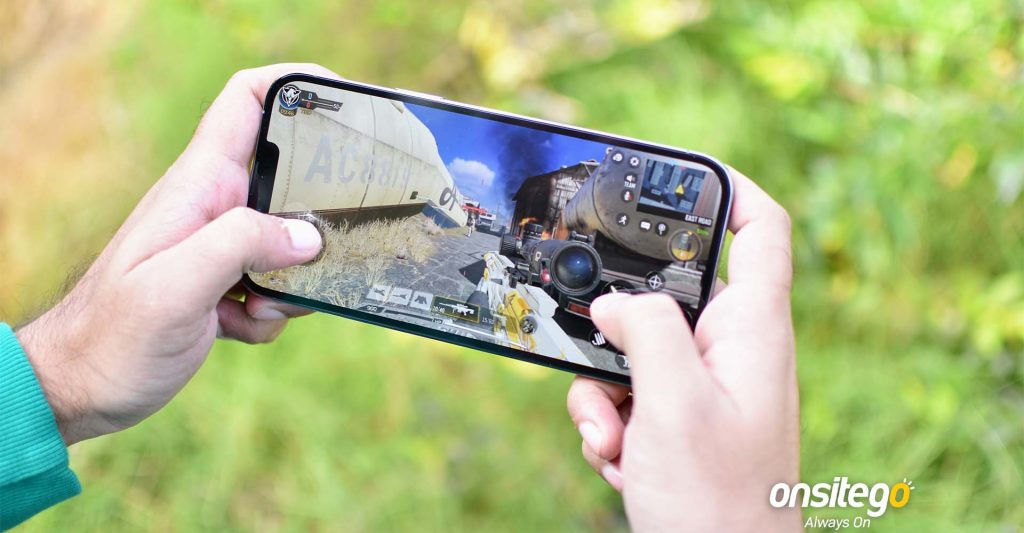
iPhones have always been faster than Android smartphones when it comes to raw performance. Apple’s A-series processors have faster CPUs and beefier GPUs when compared to the competition. They are also more power-efficient, leading to higher performance and better battery life at the same time. And this year is no different. The A15 Bionic chipset used in the iPhone 13 series is made using the same 5nm fabrication technology from TSMC that was used for last year’s A14 Bionic processor. The A15 Bionic chipset has a 6-core CPU with two high-performance CPU cores and four power-efficient CPU cores. It also uses a 5-core GPU designed by Apple. The A15 Bionic is vastly superior to any other mobile chipset released this year.

It performs effortlessly in all day-to-day tasks like using apps, browsing the web, or playing games. Even when editing 4K 60fps Dolby Vision videos or 4K ProRES videos in iMovie, it feels fast and never runs out of steam. The same can’t be said about the Snapdragon 888 or Exynos 2100 processors used in rival smartphones, but that could also be due to Apple’s complete control over the entire iPhone ecosystem and better software optimisation.
The company has equipped the iPhone 13 Mini and the iPhone 13 with 4GB RAM, while the iPhone 13 Pro and the iPhone 13 Pro have 6GB RAM. Thankfully, all iPhone 13 models start with a base storage of 128GB. The non-Pro models go as high as 512GB, while the Pro models are available with up to 1TB storage. But that would be an overkill for 99% of consumers. The 256GB storage variant is a safe bet for most users. 128GB might not be enough for those who don’t store all their Apple Music or Spotify library for offline use or those who capture 4K 60fps videos. iPhones 13 models with 128GB are limited to 1080p resolution and 30fps frame rate when capturing ProRES videos.
If you buy any iPhone 13 model, you won’t be disappointed with their performance for the next 3 years (unless battery health degrades below 80% or if Apple slows down the performance with future software updates).
Apple iPhone 13 Pro Max Software: iOS 15 Is Privacy-Focussed, Feature-Rich
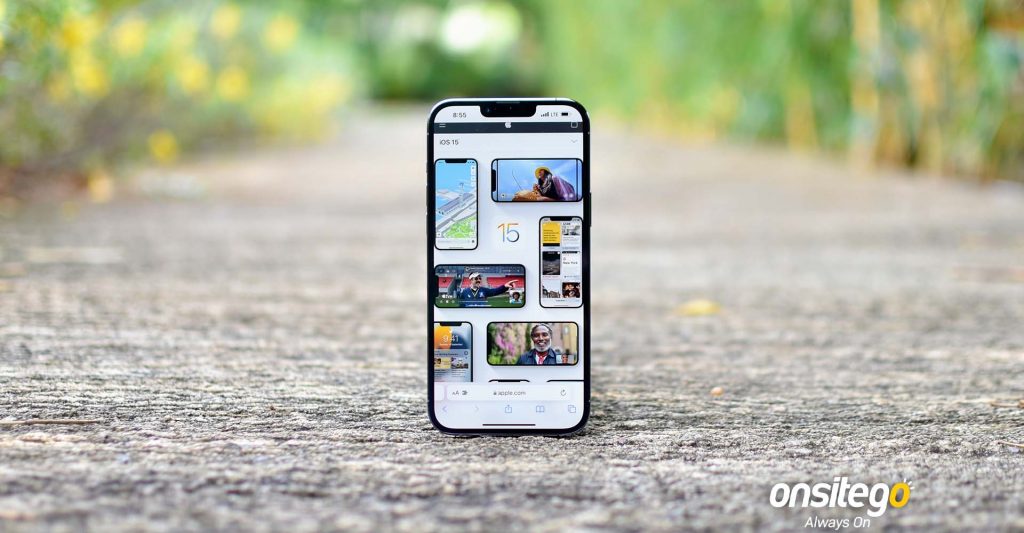
All iPhone 13 series smartphones come with iOS 15 out of the box. This version of iOS doesn’t come with a lot of design changes or groundbreaking features. SharePlay is the biggest iOS 15 feature, but it isn’t ready yet. It is expected that Apple will release SharePlay with the iOS 15.1 update. It lets users watch photos or videos with their friends at the same time during video calls via supported apps. You can read all the important iOS 15 features in our dedicated article here.
Other features include improved Spotlight Search, OCR (Optical Character Recognition), rich search results, Spatial Audio in FaceTime calls, slightly improved notifications with better sorting and larger images, and the new Safari web browser. iOS 14 introduced the ability to add widgets to the home screen and there has been no major improvement there.
The OCR feature works in live camera view or images stored in the gallery, and it can turn even handwritten text into actionable things like translating one language to another or understanding the meaning of a particular word. Spatial Audio is only useful to those who extensively use FaceTime and have earphones that support the Spatial Audio feature.
The Safari web browser’s new design is divisive, to say the least. The address bar has been moved to the bottom and switching between the tabs can be done through the left and right swipes over the address bar. Long-time iOS users can feel a bit alienated by the new design. Apple’s web browser has also received the ability to run Extensions, but most of them are only related to privacy, ad-blocking, or forcing unsupported web pages into the dark mode.
iOS was already better than Android when it comes to privacy and security, and iOS 15 features like App Privacy Report and Mail Privacy Protection make it even better. Overall, the whole UI feels extremely smooth, especially on iPhone 13 Pro and iPhone 13 Pro Max, thanks to their 120Hz displays. Not all third-party apps are taking advantage of the new feature, though. Apps like Gmail and Google Maps are still stuck to 60Hz.
Apple iPhone 13 Pro Max Battery Life: Legendary
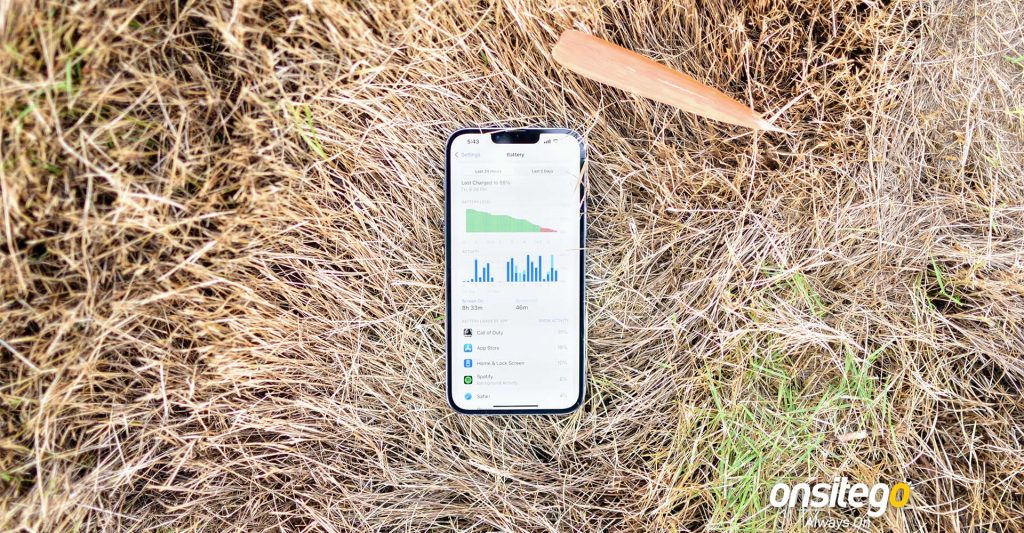
The iPhone 13 Pro Max offers the best battery life I have ever used on a flagship smartphone. Despite its smallish 4,373mAh battery and a giant display with a 120Hz refresh rate, the phone easily lasts a day and a half even with heavy usage. It consistently offered 9-10 hours of screen-on time. That is three hours longer than the Samsung Galaxy S21 Ultra, which offers the best battery life among all flagship Android smartphones released in 2021.
Apple’s flagship smartphone still takes really, really long to get charged, though. When tested with a 60W USB PD charger and a USB Type-C to Lightning cable, the iPhone 13 Pro Max took close to two hours to get fully charged. That is more than three times as long as what some Android smartphones take to get fully charged. While I did not have the equipment to fully test the highest wattage that’s supported by the iPhone 13 Pro Max, some reports suggest that Apple has increased the charging wattage to 27W with its newest flagship.
The smartphone also supports Qi wireless charging and 15W MagSafe charging. We couldn’t test the charging speed with a MagSafe charger. With a Qi wireless charger, the phone takes more than three hours to charge.
Who Should Buy The iPhone 13 Pro Max?
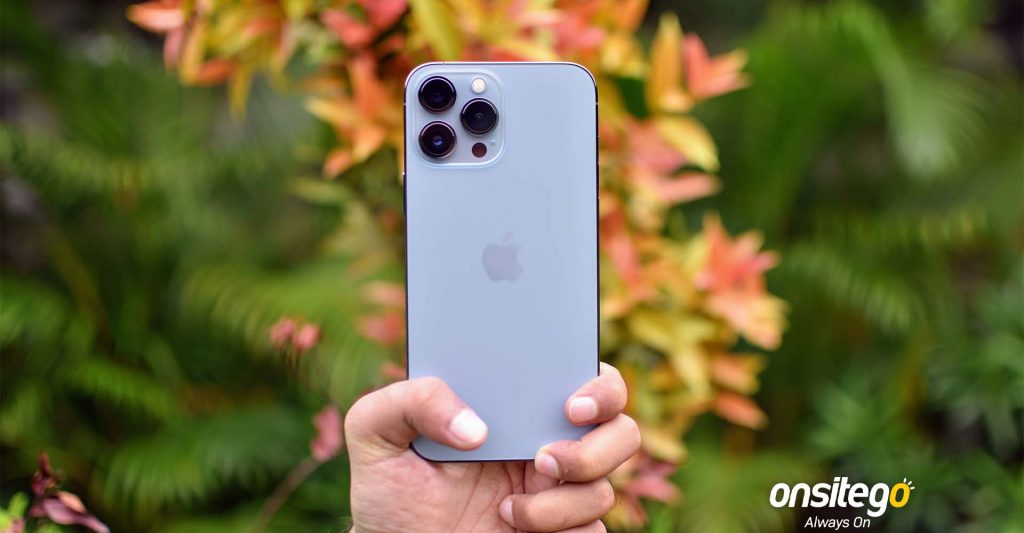
The iPhone 13 Pro Max is among the nicest and most feature-rich smartphones you can buy in 2021. It has an excellent design, a sublime 120Hz OLED display, a brilliant set of front and rear cameras, unmatched performance, and a privacy-focussed operating system. Its battery life is legendary, too. However, it has some shortcomings compared to rival Android smartphones, including a slower charging process, an old Lightning Port, and an unsightly display notch. But its biggest disadvantage is its price. At a starting price of ₹1,29,900, a very limited set of people can buy the phone.
If you are so heavily invested in Apple’s ecosystem that you can not live with an Android smartphone and if you want that brand new 120Hz display, the iPhone 13 Pro Max is a good choice. It is also for those who are looking to buy an iPhone with a dedicated zoom camera and the longest battery life possible, money no bar. You also get at least five years of software update support and Apple’s legendary app and accessory ecosystem.
In comparison, there are plenty of Android smartphones that offer 90% of the iPhone 13 Pro Max’s performance for almost 60% of the price. The Galaxy S21 Ultra is its closest competitor when it comes to design, screen, camera quality and consistency, and software cohesiveness. Even the Mi 11 Ultra is a good alternative, with its massive cameras. The upcoming Vivo X70 Pro+ could be a viable choice, thanks to its excellent specs and a great set of cameras. However, only the iPhone 13 Pro Max offers the combination of specifications, privacy, and pro-grade features that some people want.
The Review
Apple iPhone 13 Pro Max
The iPhone 13 Pro Max is among the nicest and most feature-rich smartphones you can buy in 2021. It has an excellent design, a sublime 120Hz OLED display, a brilliant set of front and rear cameras, unmatched performance, and a privacy-focussed operating system. Its battery life is legendary, too. However, it has some shortcomings compared to rival Android smartphones, including a slower charging process, an old Lightning Port, and an unsightly display notch. But its biggest disadvantage is its price. At a starting price of ₹1,29,900, a very limited set of people can buy the phone.
PROS
- Excellent build quality with dust and water resistance
- Vibrant OLED display with a high refresh rate
- Clear and loud stereo speakers
- Excellent cameras, unmatched video recording quality
- Unmatched performance
- Stable and privacy-focussed software
- Legendary battery life, wireless charging
CONS
- Extremely pricey
- Brilliant display ruined by ugly notch
- Lightning port instead of USB Type-C port
- No charger inside the box
- Slow charging

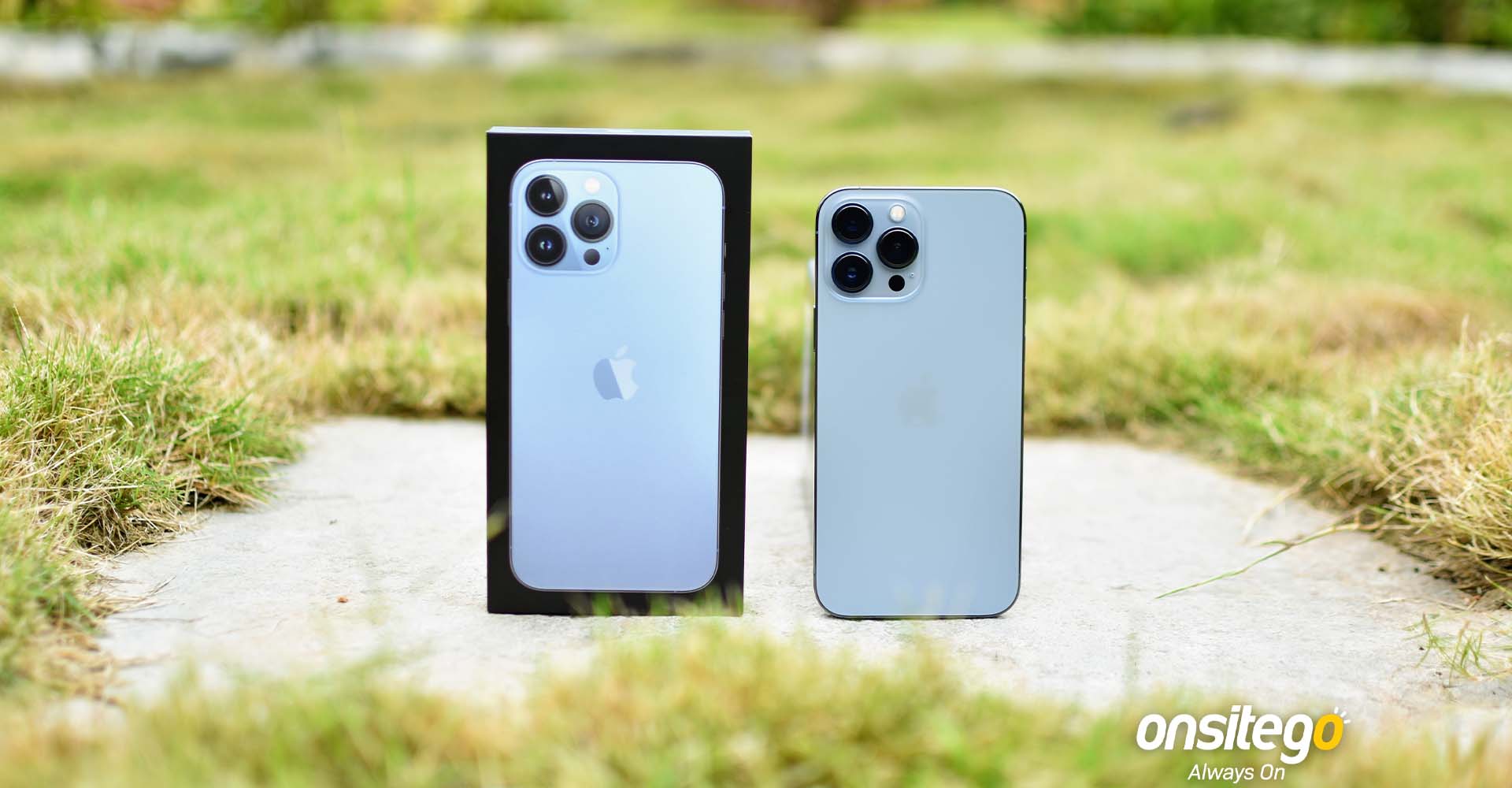
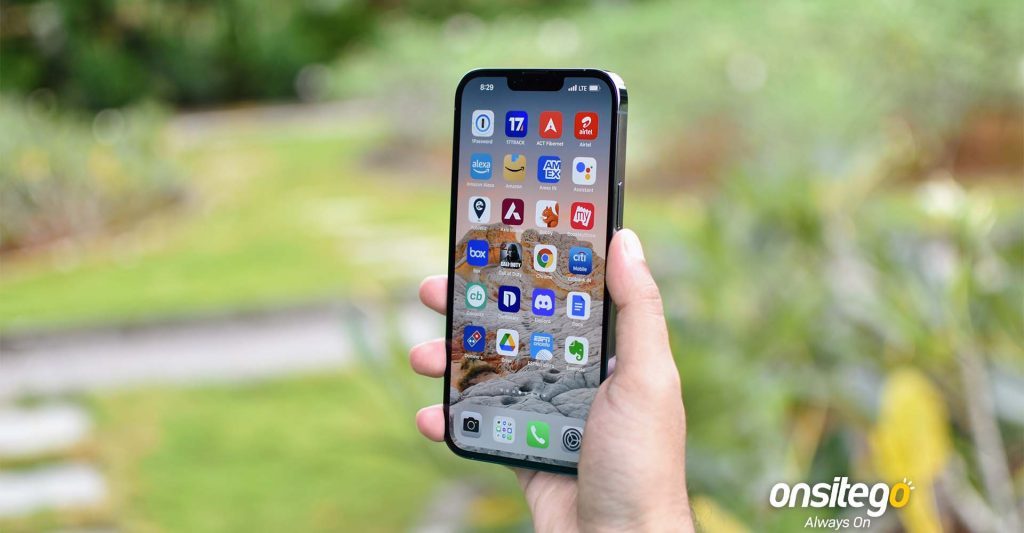

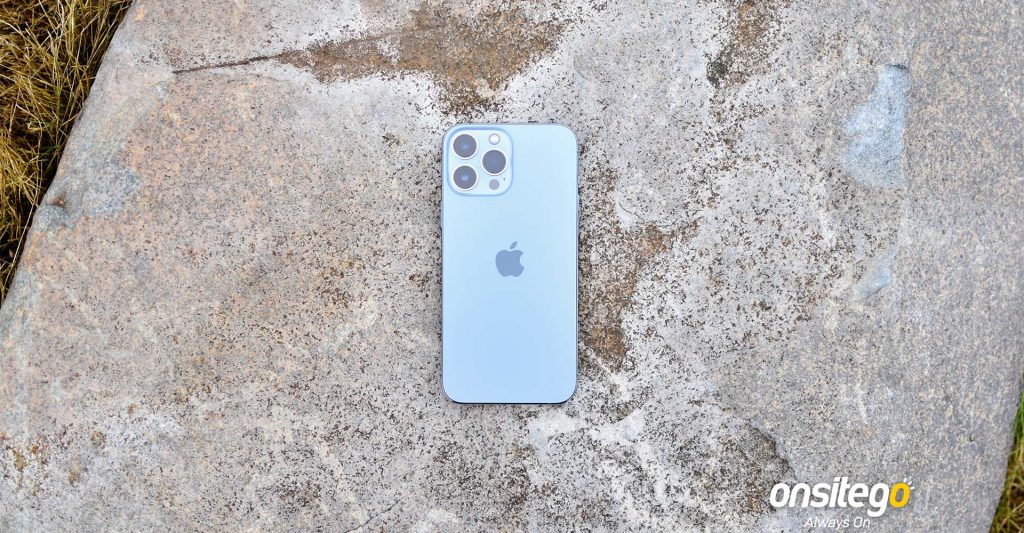
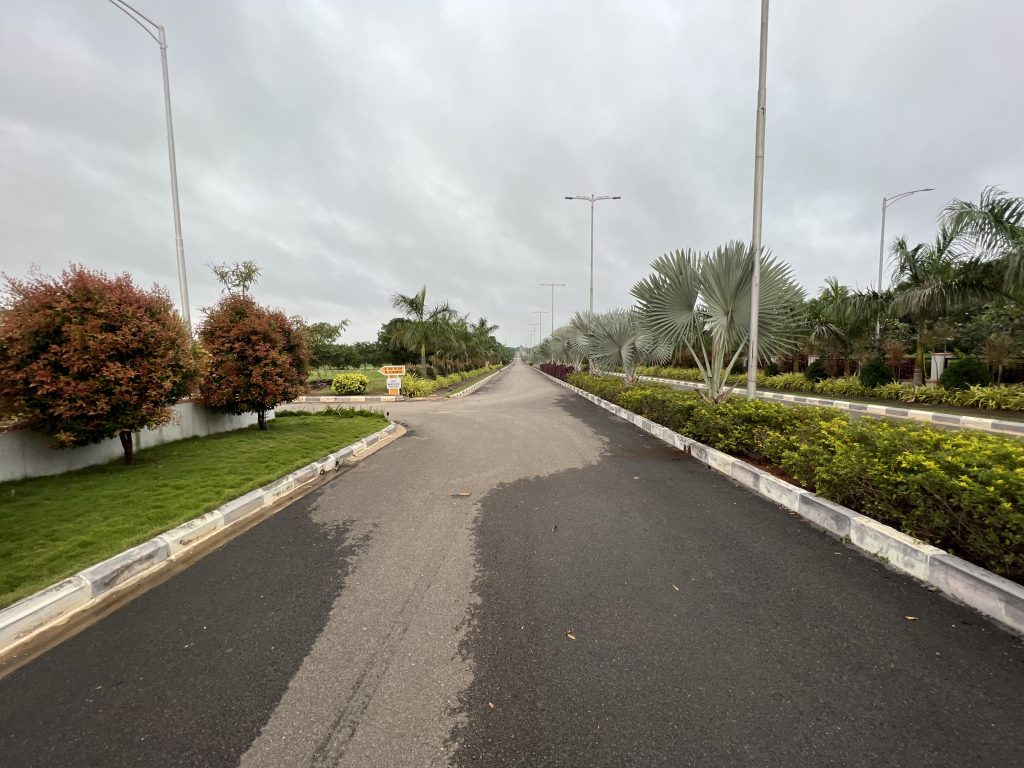
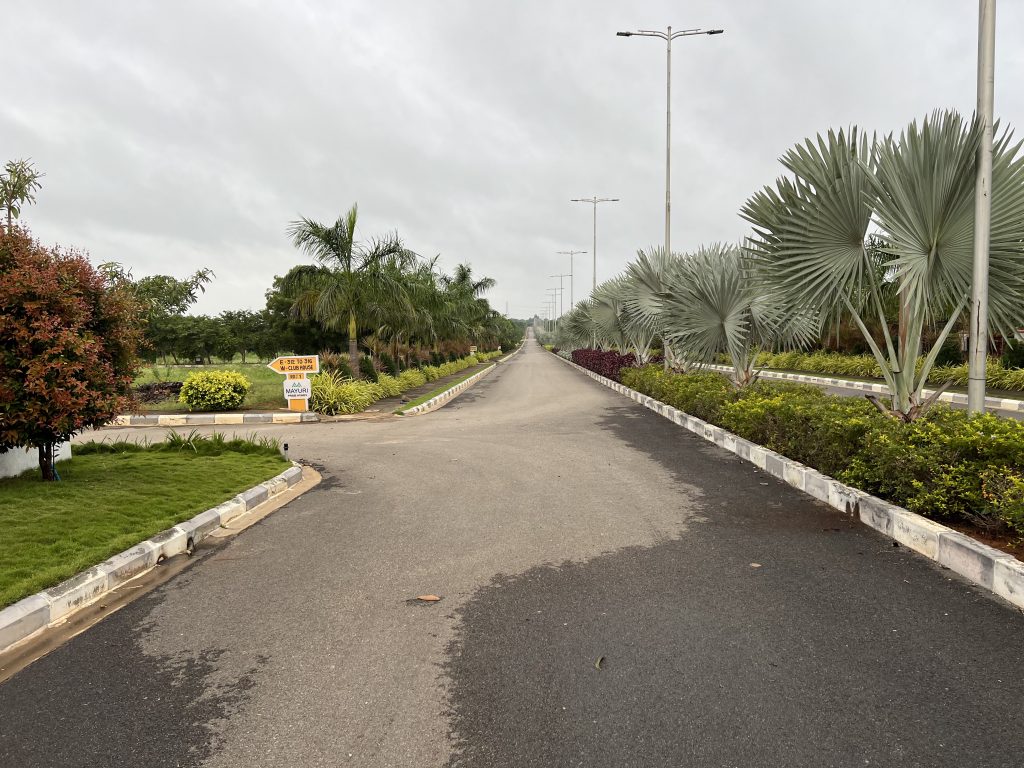
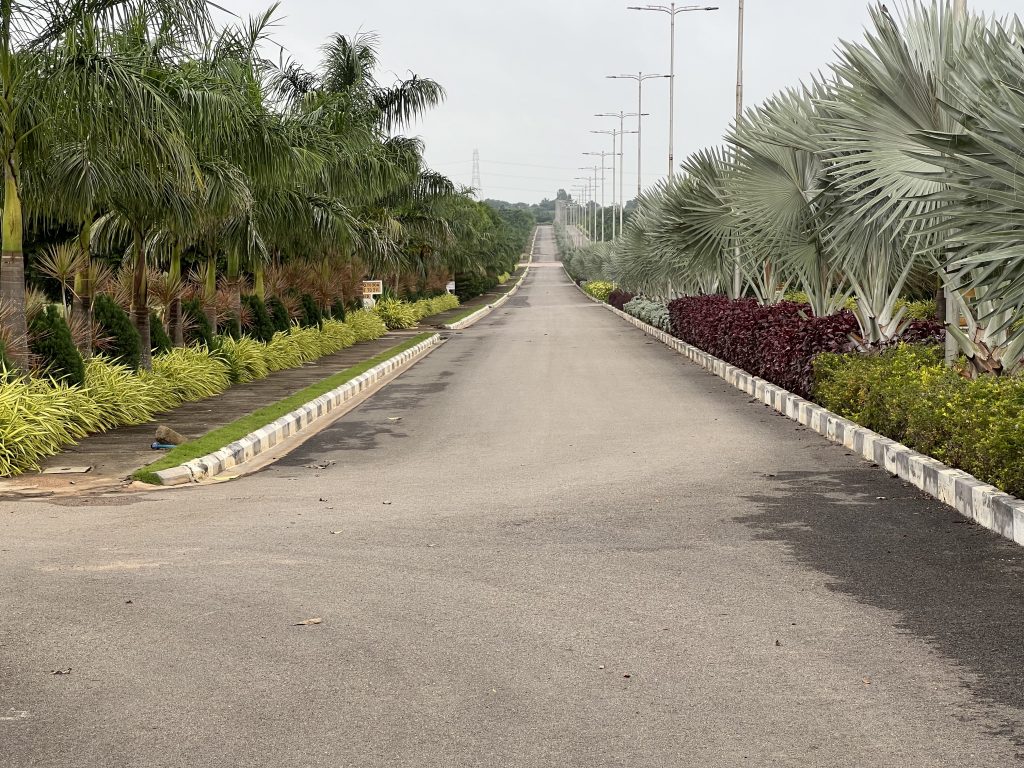
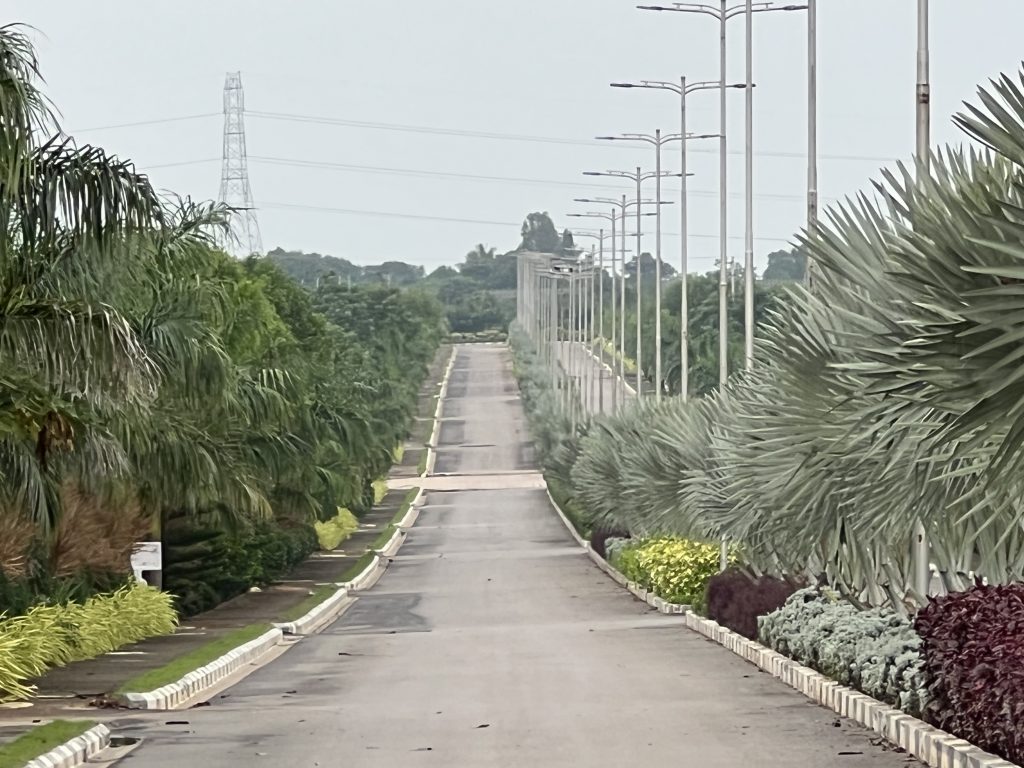
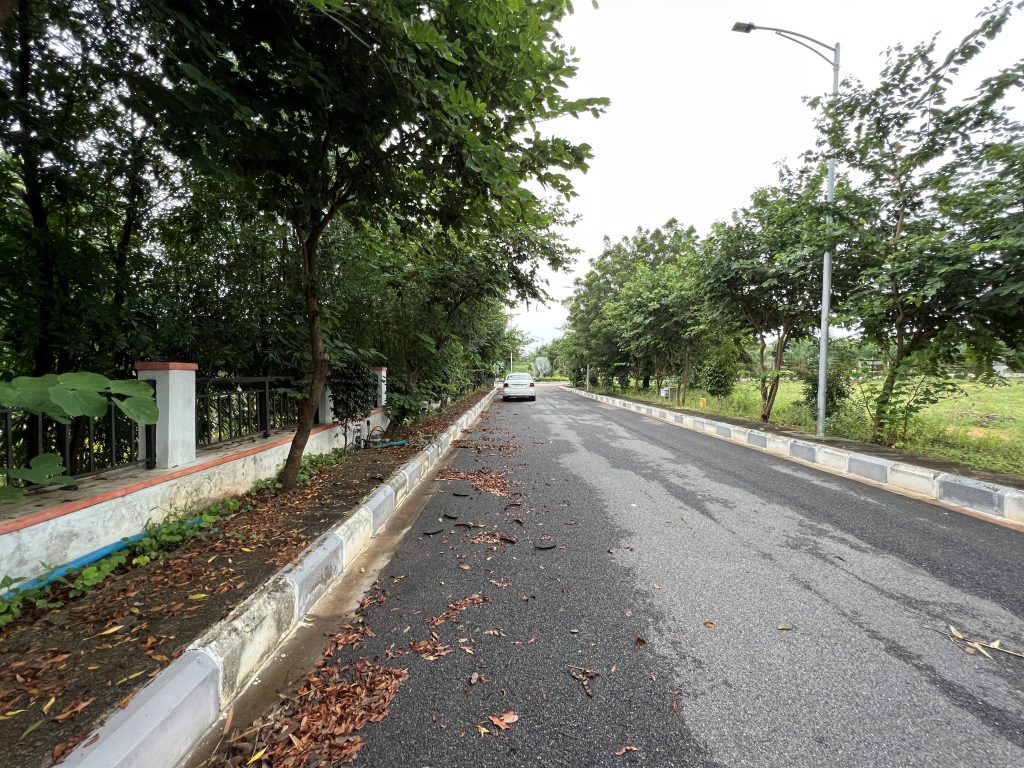

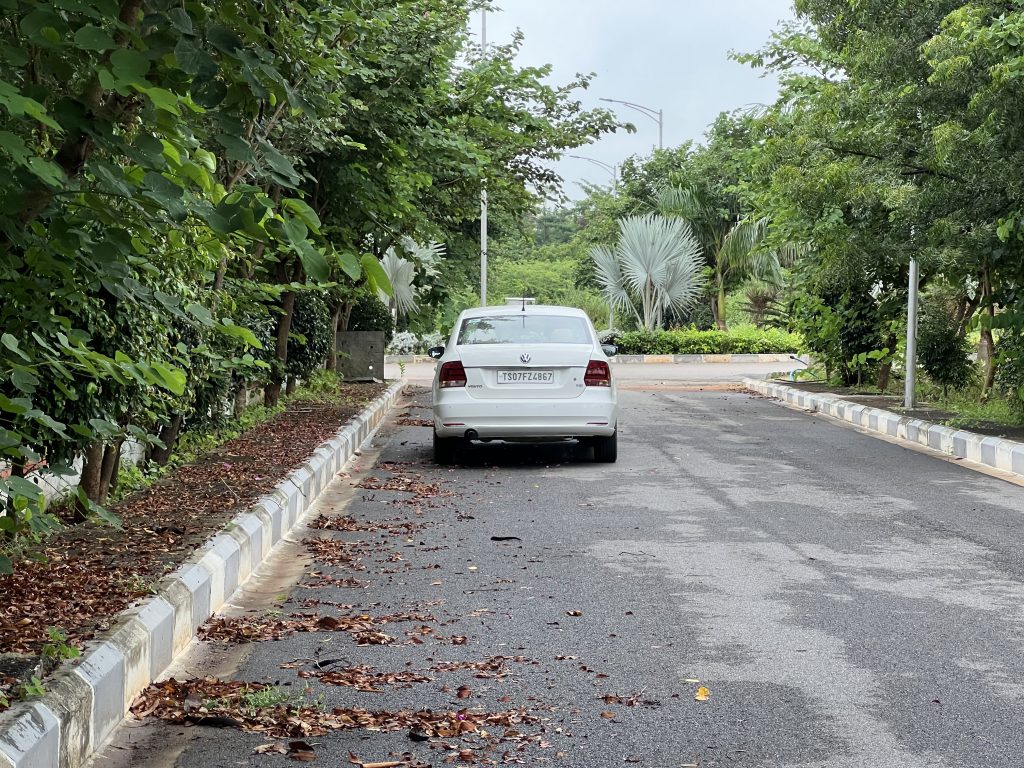
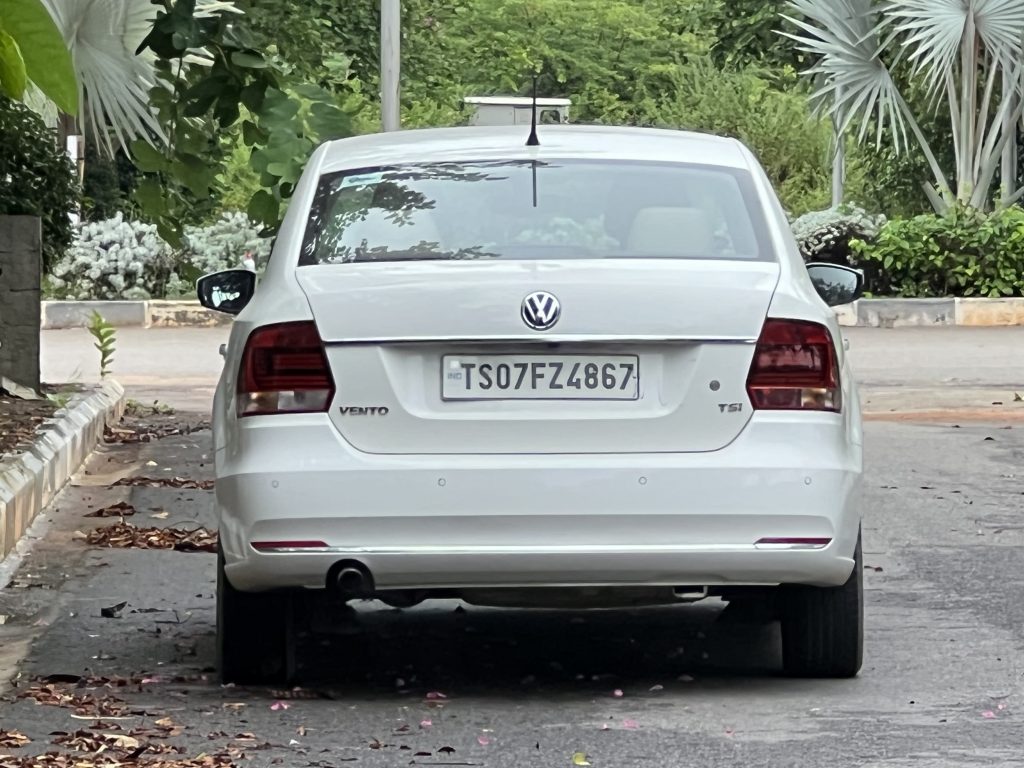
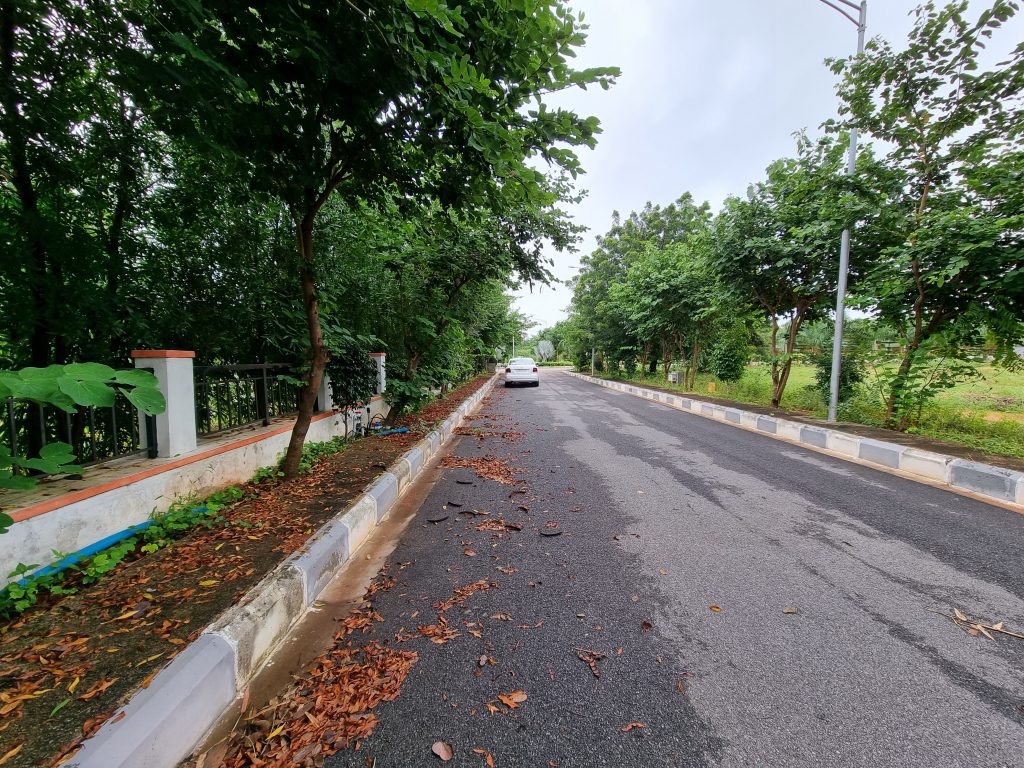
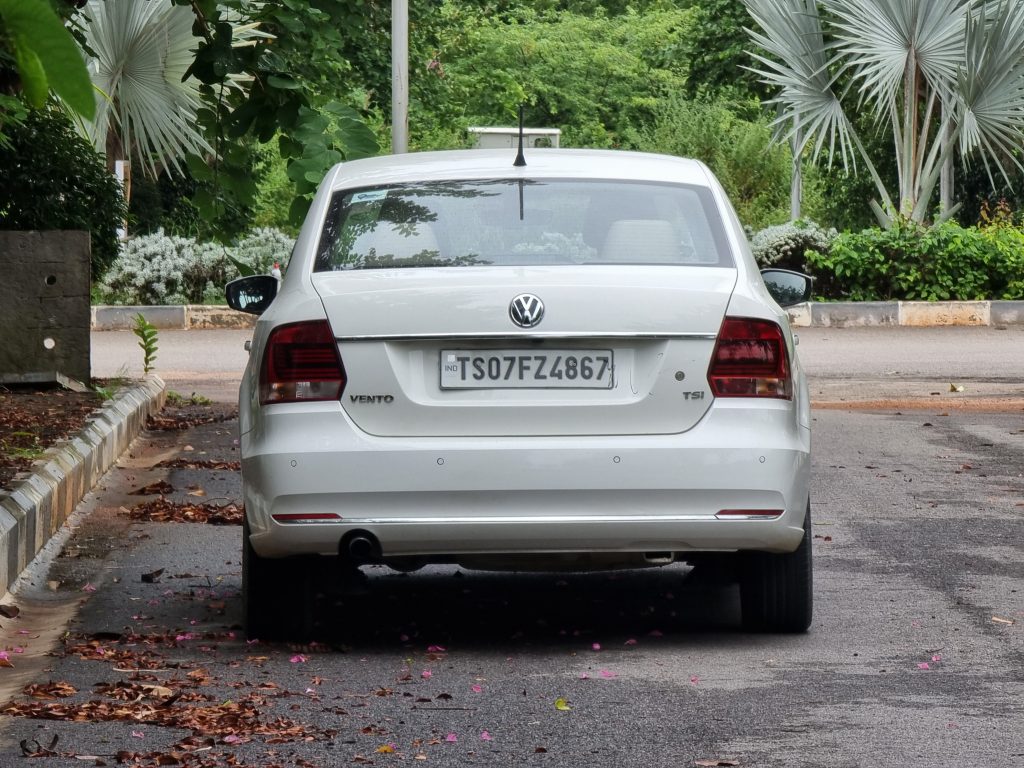




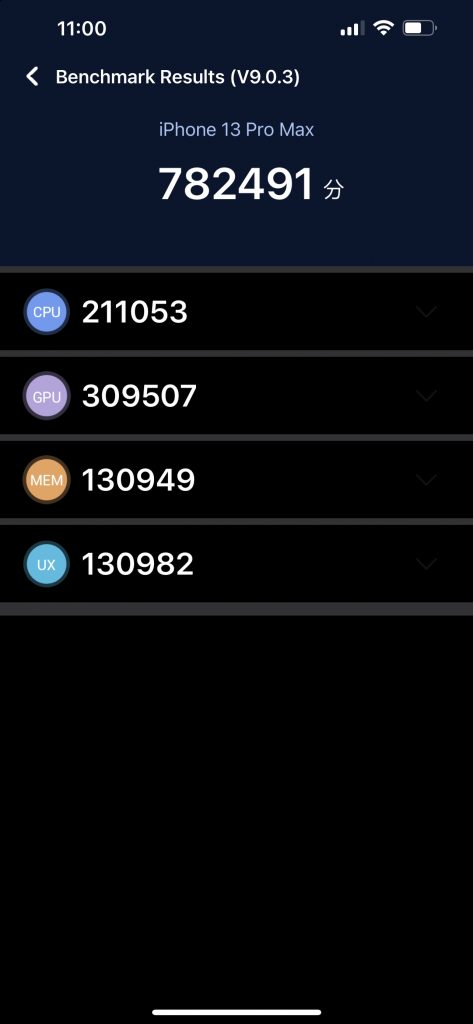
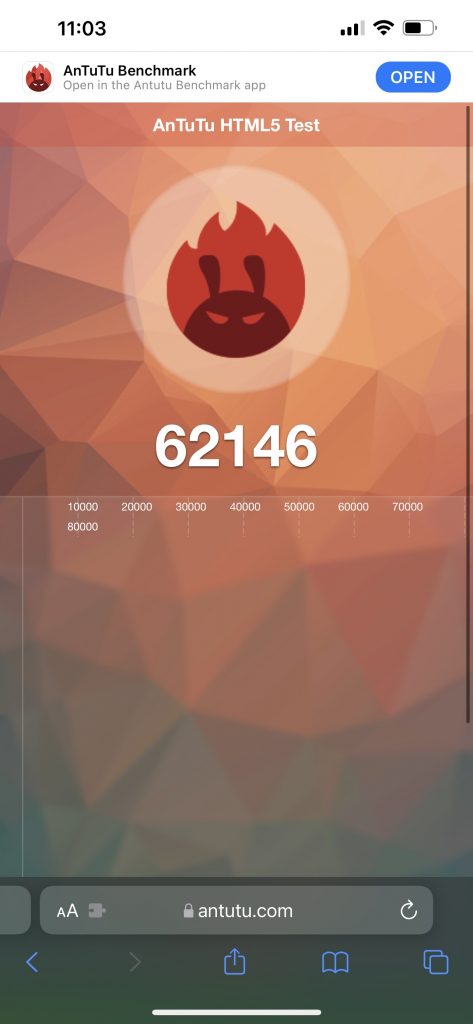
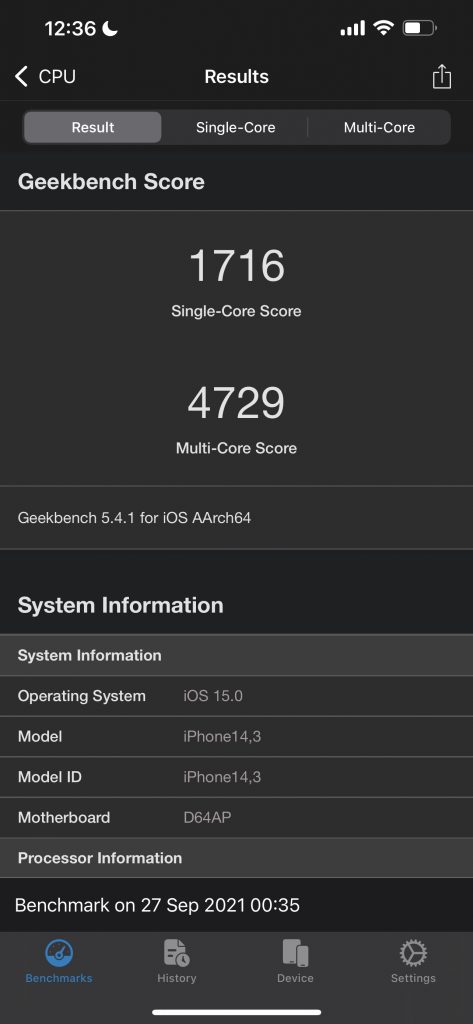
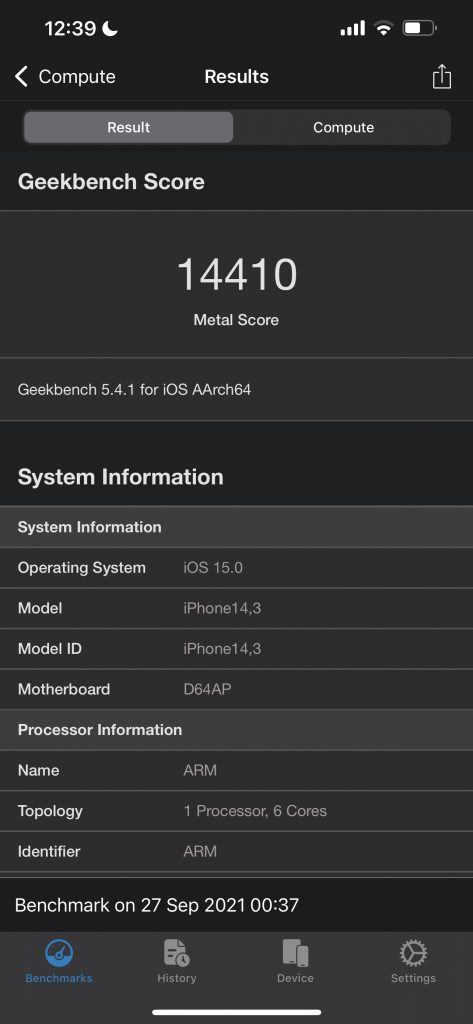
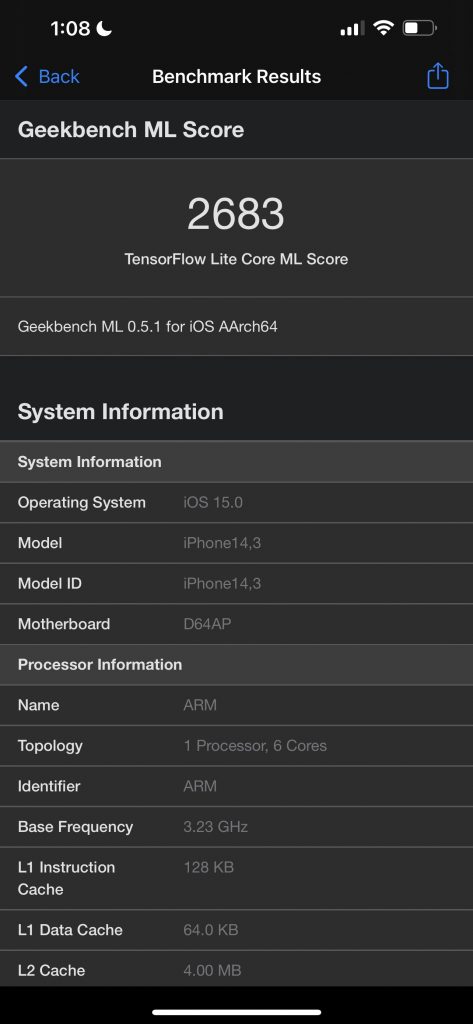
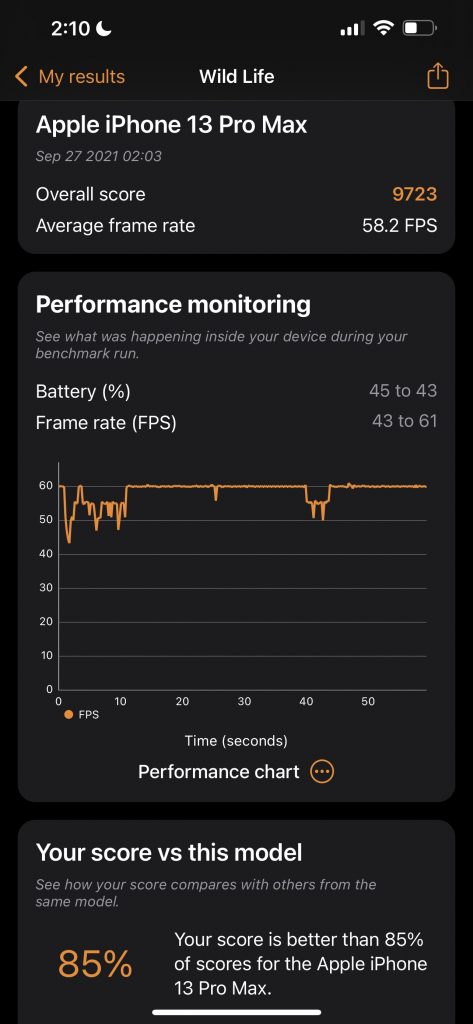
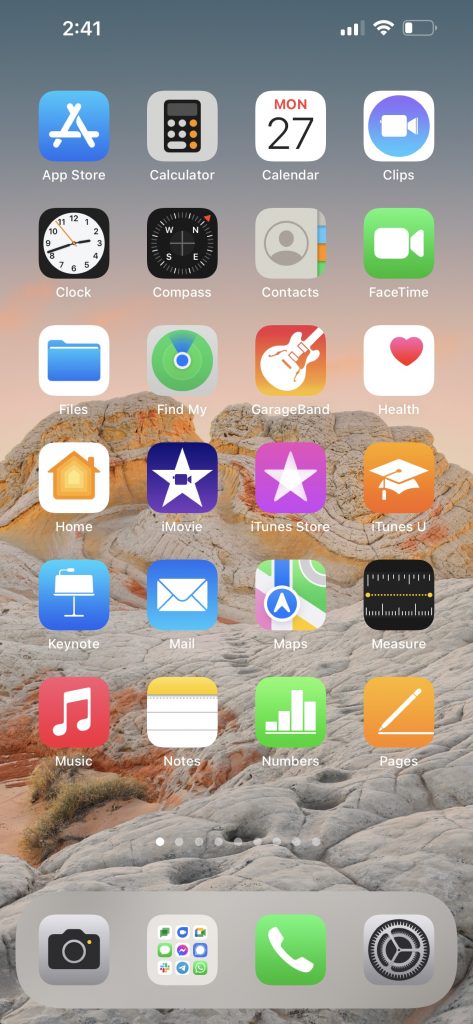
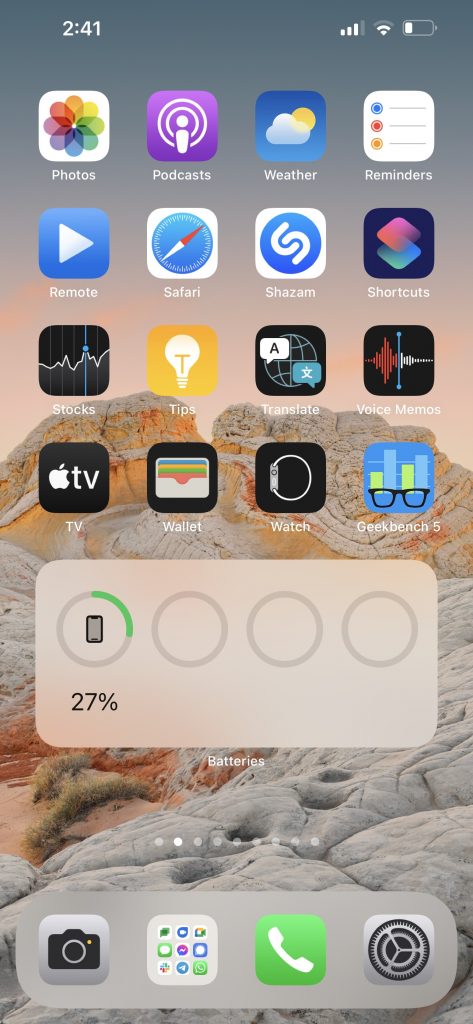
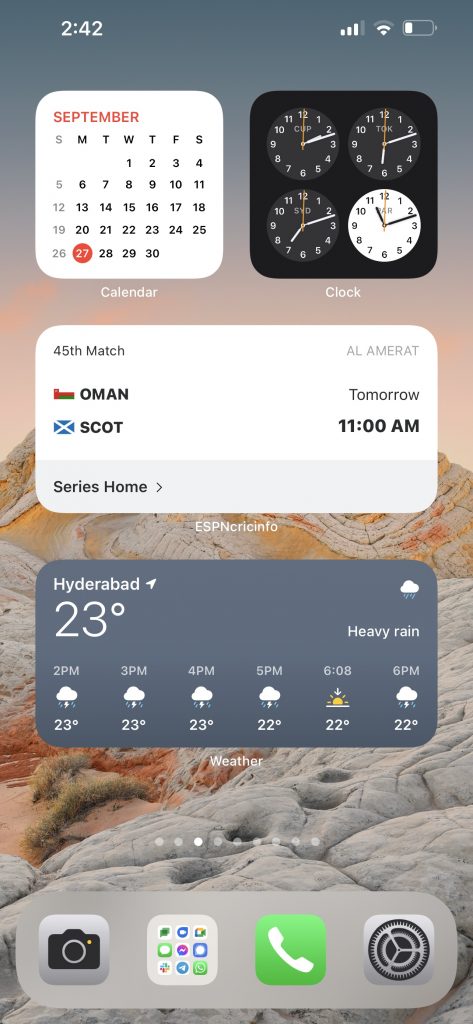
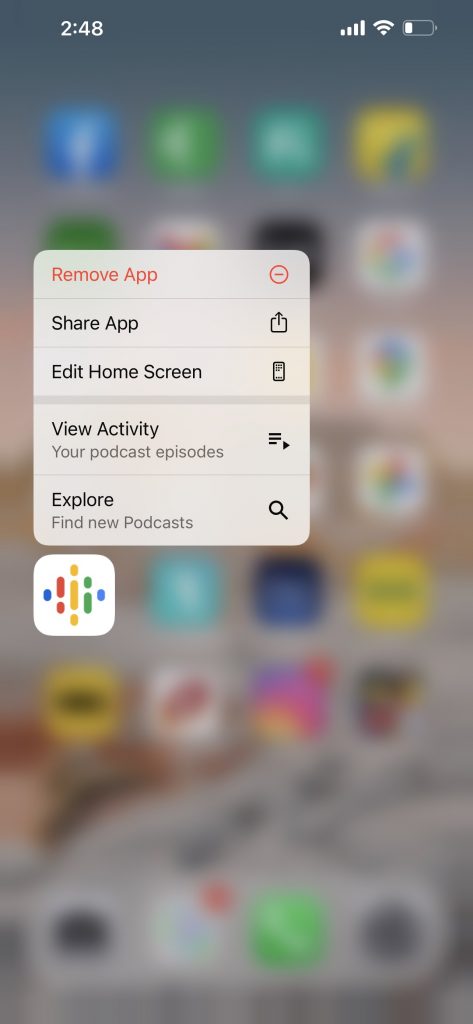
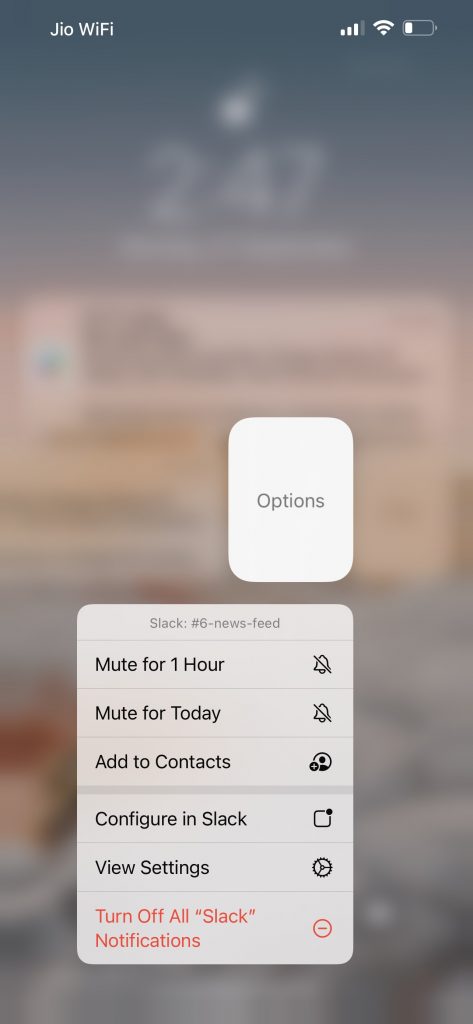
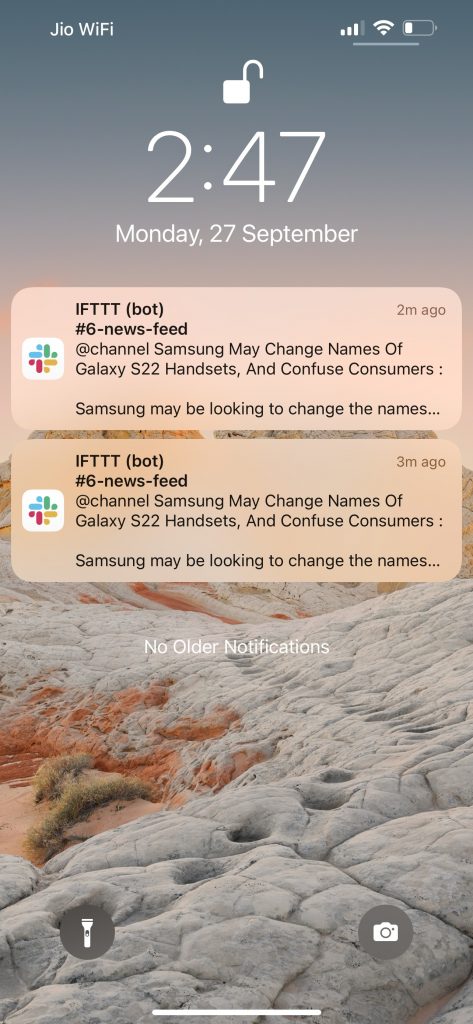
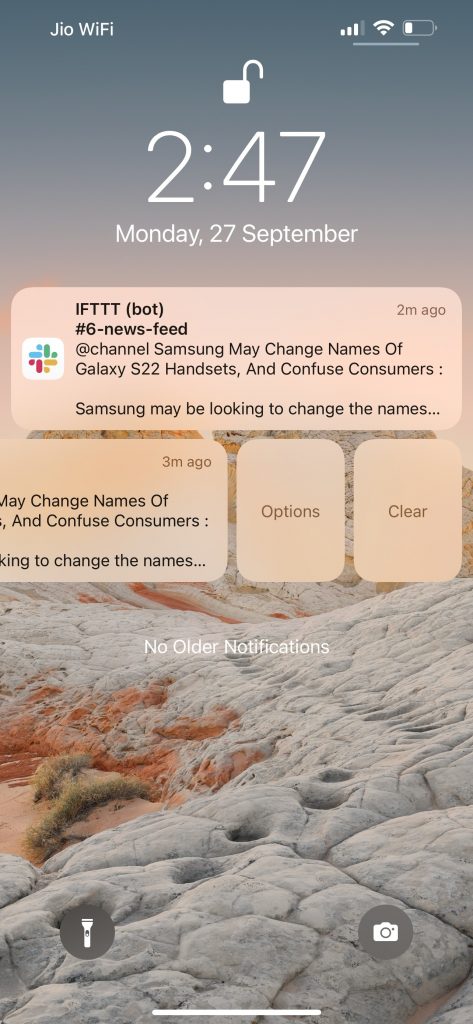

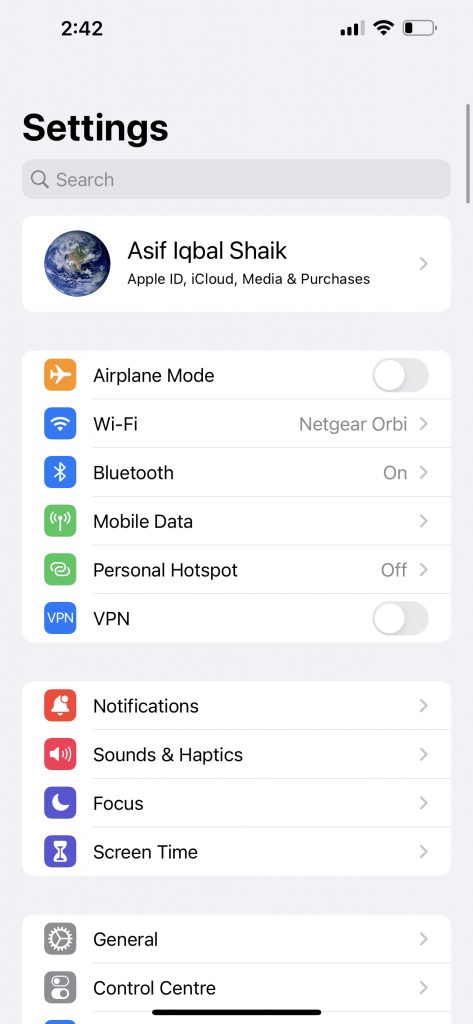
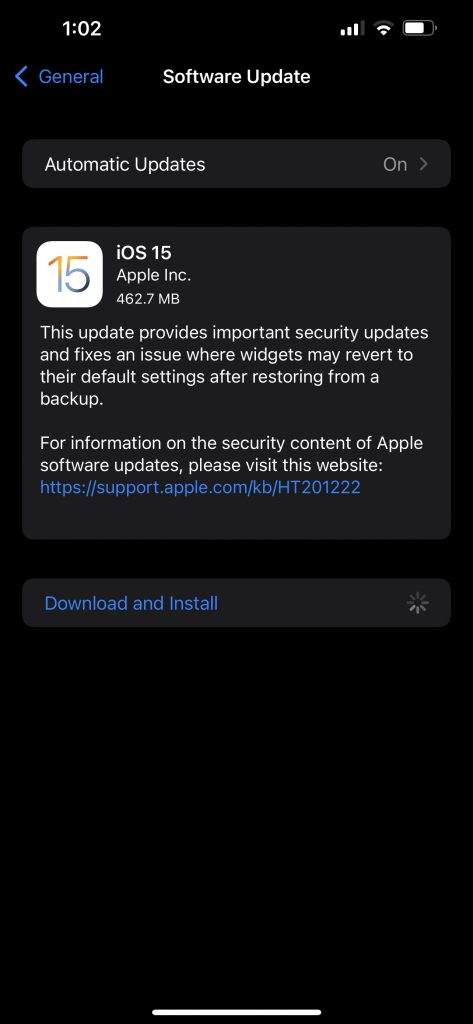
Discussion about this post